Pursuing Our Sustainability Values with Product Circularity
The Burton gear in your closet may be your go-to on a powder day. But it also represents something bigger. With each new design cycle, we move a little bit closer to achieving ambitious waste-reduction goals. And between smaller tweaks, like designing jackets to be more easily repaired, and larger ones, such as launching a product take back and resale program, we continue to advance our participation in a more sustainable economic system known as product circularity.
Is circularity just another word for recycling? Not quite, it’s part of a much bigger picture. If you're curious about how circularity relates to your boards, bindings, boots, and outerwear, keep reading. We’re going to break down what product circularity means, how Burton is approaching it, and how you can play an active role in circularity, too.
What is Product Circularity?
Product circularity is not just a sustainability buzzword. It’s a growing movement of purpose-driven companies to be responsible when it comes to waste. It’s a movement concerned about the “take, make, and waste” strategy that has contributed to growing landfills and pollution.
To develop our product circularity goals, Burton looked to leading experts in the field, like the Ellen MacArthur Foundation. They define a circular economy as a system where materials are never wasted, products are kept in use, the global economy does not rely on single-use resources to run, and nature is regenerated.
This definition is also a call to action. With these principles in mind, Burton started looking at the complete product lifecycle: product design, product production, product use, and product “end of life”. From here, we developed circularity goals for our supply chain:
- Design products with renewable or recycled materials.
- Generate less waste during product production.
- Extend the life of our products.
- Identify and build pathways to better product disposal and recycling.
As Burton pursues circularity, we are confronting some difficult questions. How can we extend the use of our products beyond one customer? What happens to all the gear we make when it’s reached the end of the road? How can we make it easier to repair products?
While we consider these big-picture challenges related to waste, we’re also striving to ensure Burton products and pricing remain consistent with your expectations for high-quality gear. And a lot of the moves we’re making start early, with product design.
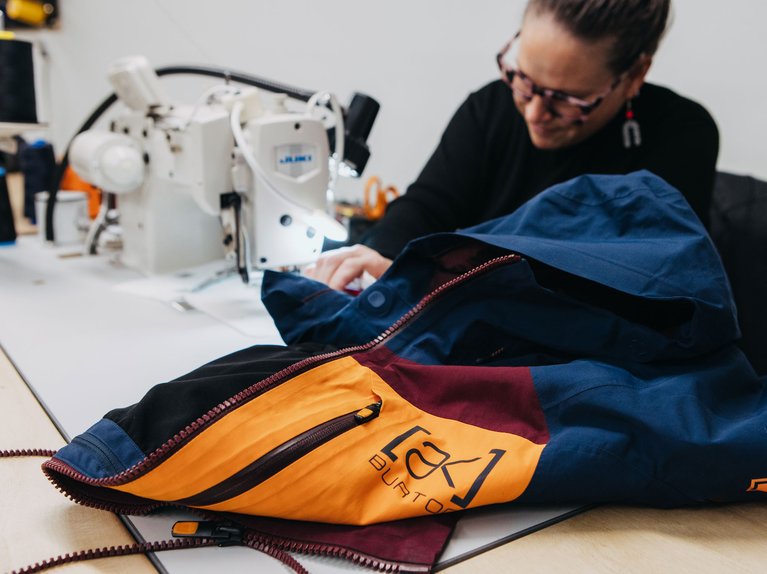
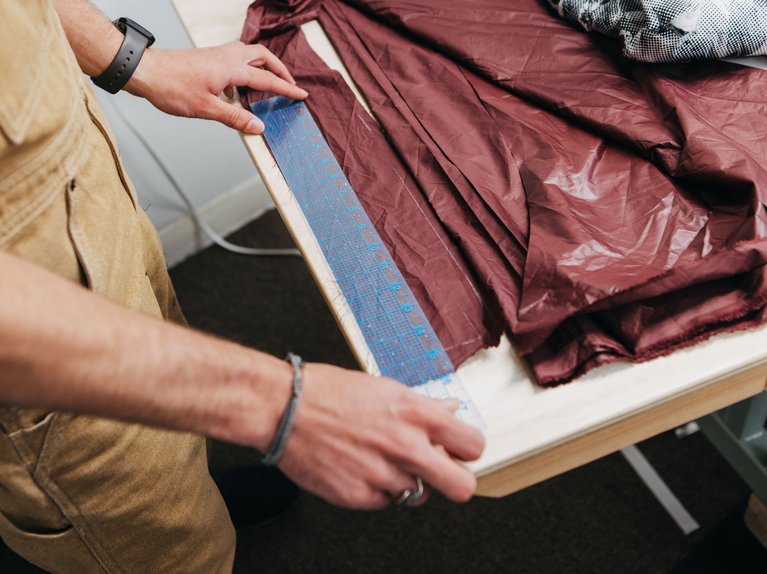
Circular Design & Production
Produce design isn't just about colors and silhouettes. The changes we make in the design phase bring Burton closer to true circularity. Our product designers are laser-focused on developing Burton gear that is durable, repairable, recyclable, and that leaves less waste behind.
Durability has always been Burton's promise. As we aim to become more circular, we’ve been exploring how to swap in recycled inputs without compromising performance and durability. We recently transitioned to 100% recycled fabrics for our garment linings, and you probably haven’t noticed a difference in feel or function. It’s a small win that will back us up as we continue exploring ways to incorporate more recycled materials into our supply chain.
Repairability is a separate but important consideration for design. While durable products can stay in use for years, repairable products can last even longer. And it’s much more feasible to mend products that have been designed to be disassembled and put back together by our team of repair technicians.
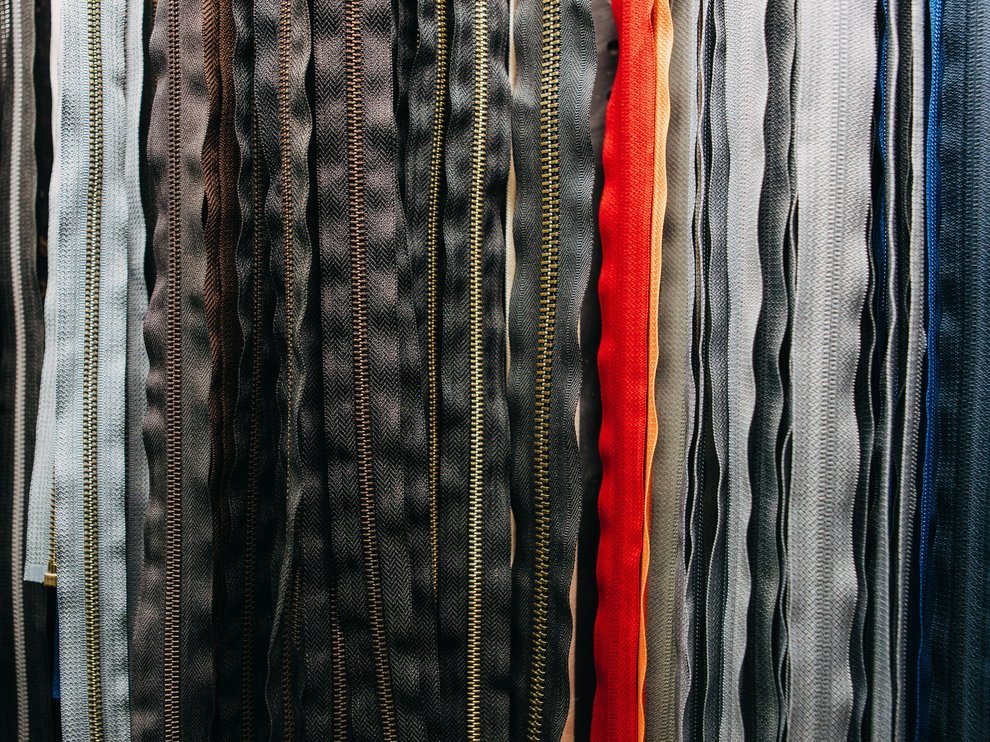
Waste reduction goals also rely on early-stage design decisions, such as optimizing sewing patterns to reduce ‘trimmings’—or scraps that don’t end up in the product being created. When excesses can’t be avoided, we use them to create 2nd Lap products, such as reusable shopping bags.
Our Second Quality program prevents mistakes and aesthetic dings from becoming unused landfill tonnage. Whether it's a minor manufacturing defect or an unworn customer return, Second Quality allows these products to carry out their intended function (and hooks you up with a discount).
When shopping for gear, consider scoping out the fine print. Look for these keywords to identify products with circular design elements:
- Recycled or 100% recycled
- bluesign® (A third-party certification for sustainable input materials)
- PFC-free (perfluorinated compounds-free)
- Made without PFAS (per-/polyfluoroalkyl substances)
- Factory remnants
- Open box
- Pre-owned
The greatest design challenge we face is recyclability. This is an industry-level problem—Burton isn’t alone in this one. Only a few recycling solutions exist for apparel, outerwear, and equipment, and none have achieved scale yet. For now, we are making an immediate difference in the longevity of our gear, while searching for more sustainable end of life solutions.
Extending the Useful Life of Burton Products
Extending the useful life of Burton products is an iterative process that relies on experimentation and a strong feedback loop between users, repairers, and designers. But it's worth it. We like to say: the most sustainable snowboarding gear is the gear that’s well-maintained and gets repaired over and over.
Repairs
To move closer to circularity, durable, well-cared-for gear must also be repairable. Burton has dedicated warranty teams that assess and fix the majority of your gear in house.
We've also established strong partnerships with service providers like Rugged Thread for when we can't tackle repairs interally. Not only do they execute repairs, but they also consult with us to improve durability and repairability across all our softgoods.
Together, we collect data on gear breakdowns, and Rugged Thread measures the feasibility of common repair categories. These efforts create an invaluable feedback loop to improve our design process with each new cycle, making the path to repair easier.
For example, early-generation jackets were not designed for their zipper panels to be removed and replaced. The need for this feature wasn’t on our radar. Thanks to our Rugged Thread partnership, the latest Burton jackets now feature a design that streamlines the zipper repair process—it now takes minutes instead of hours.
If your gear needs a new zipper or any other type of repair, we aim to keep your costs minimal with our limited lifetime warranty. In 2021, we set a 50% global repair goal for warrantied products by 2025. In 2022, we repaired 37% of warrantied products globally, and look forward to achieving even better repair goals in the coming years.
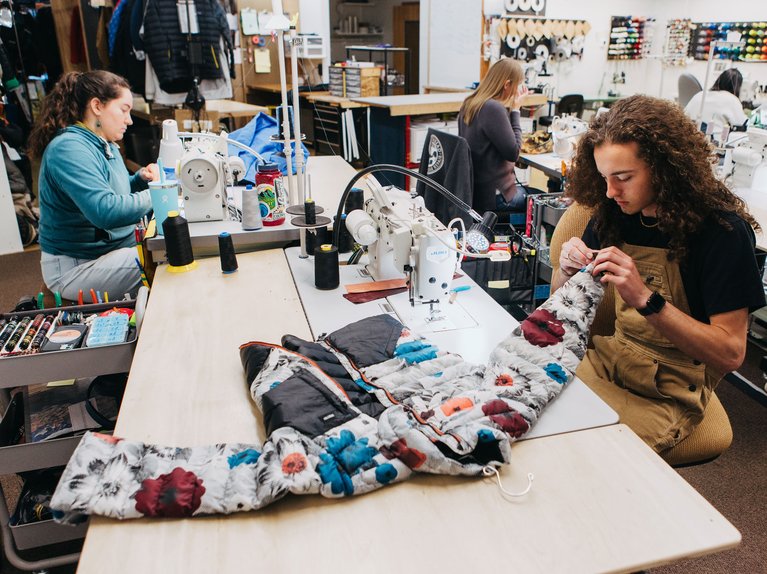

Maintenance and DIY Care
We all have the habit of caring for our boards with an annual tune-up and wax, at minimum. Technical apparel deserves the same attention, from patching tears to re-upping waterproofing treatments. Gear maintenance and simple DIY repairs are easy steps anyone can take from home. For hardgoods, spare parts are also available, so you don’t need to buy brand-new bindings if your toe strap breaks outside the warranty period.
When making your next purchase, brands committed to circularity will make it clear they designed your gear to stay in use for as long as possible. Here are some questions you can use to evaluate these claims:
- Does the brand provide DIY care and repair instructions?
- Does the brand offer a straightforward warranty and repair process?
- Do user reviews mention durability?
Reimagining How a Product's Life Ends
Product end-of-life considerations present some of the greatest challenges to closing the loop on circularity. Most open-ended questions about product recycling and lower-impact disposal still lack clear answers. We’re taking small steps on our own, but reimagining a truly circular global supply chain requires industry-level solutions.
Burton Pass Along - Product Takeback and Resale
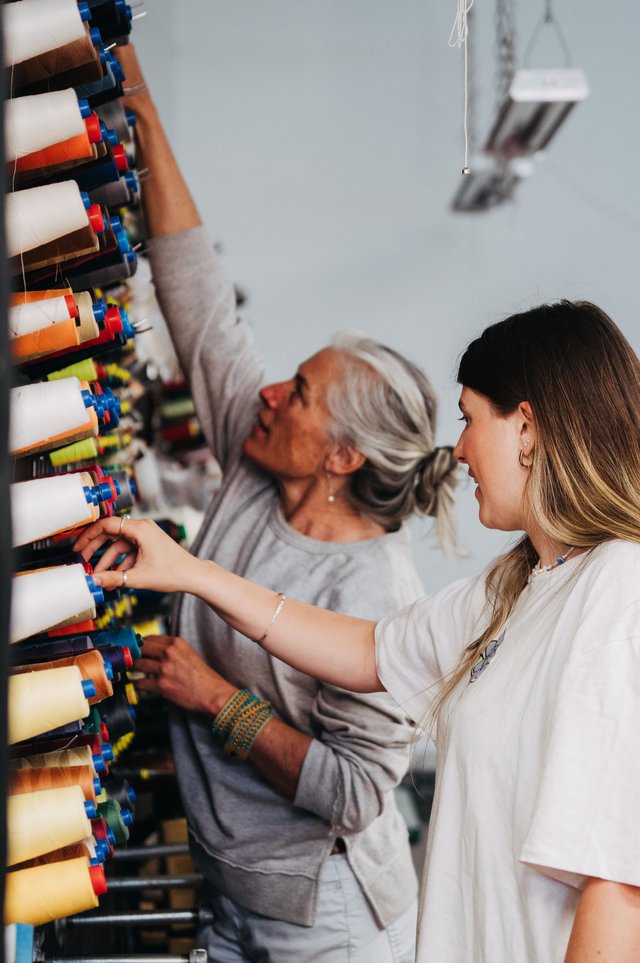
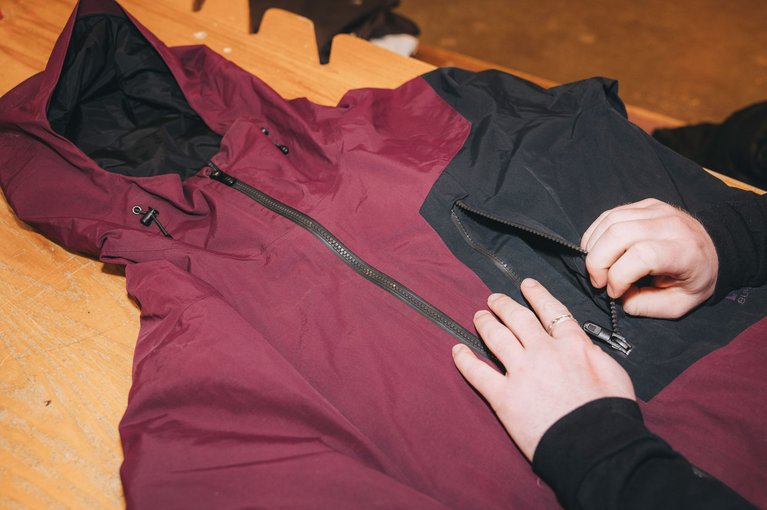
Whether your kids have outgrown their snow pants or it's time to finally retire your well-loved board, Burton Pass Along keeps aging gear out on the hill, not in the landfill. Next time you shop, check out Pass Along's current inventory (it’s always changing) and consider trading in some of your old gear that's collecting dust.
So far, product takeback and resale is one of our best avenues to reduce our waste footprint as a durable product maker, but Pass Along is currently limited to the United States. If Pass Along is not available in your area, you can try offering your gear to a local reseller or thrift shop, and let us know if you want to get involved.
Gear Recycling
What happens if you can't put your gear back into use? Or if we can't repair it for you? This question is a heavy one, and requires a significant transformation of the global supply chain.
Gear recycling needs to be an easy choice for consumers and an accessible option for all brands and manufacturers. As we consider our approach, Burton is engaging with the Winter Sports Network along with peer brands and direct competitors to develop industry-level circularity solutions.
It’s ironic, but the durability that keeps gear on the hill also reduces the feasibility of gear recycling. Our snowboarding boots have over 200 components to deliver you stability and comfort. Our technical outerwear features bonded membranes to keep you dry. We design Burton products to last, but that durability makes them more challenging to take apart and reuse in other products.
What snowsports needs, but that doesn't exist yet at scale, is a system that provides reverse logistics and processing to break products down into smaller, recyclable or compostable components. Ideally, those materials would be repurposed in future products, leading to the truly circular supply chain the Ellen MacArthur Foundation envisions. But this is easier said than done.
As we tackle these big-picture questions, we are also looking to local, grassroots innovators for ideas. Many Burton jackets that aren't repairable are donated to BirdieBlue, a Burlington, Vermont-based business that repurposes the fabrics to make bags. We’re excited to connect with other ventures offering waste-reduction solutions in the future.
Closing the Loop
If you’re like us and want to see circularity happen within our lifetime, you too can play a role. hat means only purchasing what you truly need, taking care of your gear, recycling when possible, and holding brands and leaders accountable to their sustainability values.
On the systemic level, companies like Burton have to work together and advocate for circularity in our supply chains. The trail forward will be a bit unpredictable, but too much is at stake to turn back now.